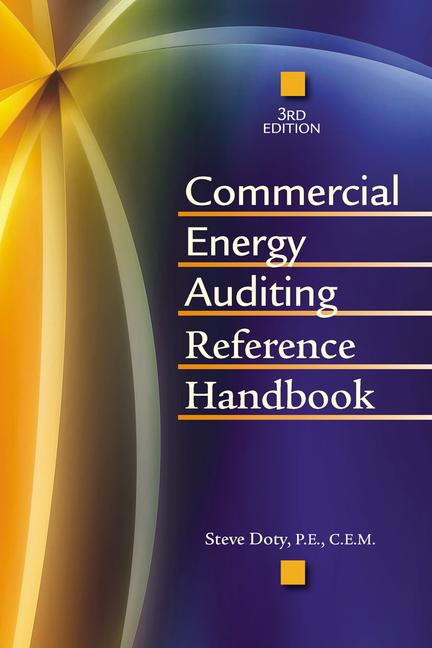The act requires all states to certify that they have state energy codes in place that are at least as stringent as 90.1-1999, or justify why they cannot comply with this. The DOE determined that Standard 90.1-1999 saves more energy than Standard 90.1- 1989, which was the previously referenced standard in the act.
"Our quantitative analysis shows, nationally, new building efficiency should improve by about six percent, looking at source energy, and by about four percent, when considering site energy," according to the ruling published in The Federal Register on July 15, 2002. "We are pleased with this recognition that the 1999 standard does, in fact, save more energy than the 1989 standard," ASHRAE President Donald Colliver, Ph.D., P.E., said. "ASHRAE currently is working on the 2004 standard, with a goal of increasing the stringency to achieve a significant reduction in energy consumption over the 1999 standard."
ASHRAE also continues to work with other organizations to encourage adoption of the current standard, ASHRAE 90.1-2001, in model building codes. Standard 90.1-2001 is expected to be referenced in the 2003 International Energy Conservation Code (IECC). At the April 2002 code change hearings of the International Code Council (ICC), ASHRAE's proposal that the IECC update its reference from Standard 90.1-1999 to the 2001 standard was approved by the IECC Code Development Committee. Final action on this proposed change will take place at ICC this fall. The IECC is a model code that may be adopted by code jurisdictions either in the United States or internationally.
ASHRAE recently signed a partnering agreement with the National Fire Protection Association (NFPA) to incorporate Standard 90.1-2001 in a consensus code set. Along with ASHRAE Standard 90.2-2001, Energy-Efficient Design of Low-Rise Residential Buildings, these standards will comprise the energy code portion of the American National Standards Institute-approved NFPA code set, which will be published in April 2003.
Since being developed in response to the energy crisis in the 1970s, Standard 90.1 now influences building designs worldwide. It has become the basis for building codes, and the standard for building design and construction throughout the United States.



